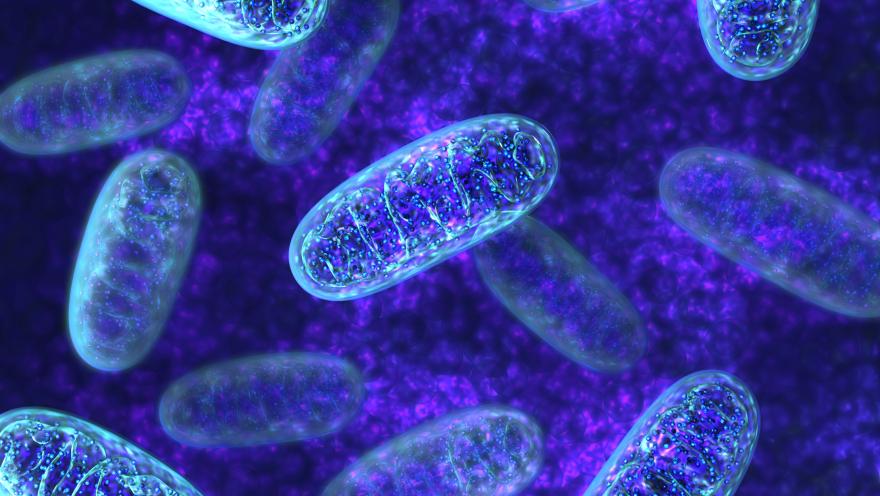Today, a new disease pathway for C9orf72-related ALS was revealed in journal Neuron in a study led by principal investigator Dr. Fen-Biao Gao from the University of Massachusetts Medical School in Worcester, Mass. The research team found that the C9orf72 expansion leads to DNA damage, signifying another potential ALS therapeutic target. The ALS Association supported this encouraging study that also included current and past Milton Safenowitz Postdoctoral Fellows Dr. Dejun Yang (2015 recipient) and Dr. Helene Tran (2012 recipient).
Pictured above: Dr. Gao's laboratory team
“Our ALS Association grant on iPSC models of ALS (2013–2016) played a key role in this study. In fact, this grant helped us accomplish much more than what we proposed in the initial application, because our research moves forward quickly. For instance, this grant also helped us on the studies of nucleocytoplasmic transport defects and the beneficial effects of Spt4 knockdown in iPSC-derived patient neurons with C9ORF72 repeat expansions (Freibaum*, Lu* et al., Nature 2015; Kramer et al., Science 2016).” – Dr. Gao, Principle Investigator
The Study
Expansion of the C9orf72 gene is the most common genetic cause of familial (inherited) ALS. The expansion results in the production of unusual “dipeptide repeat proteins” (DPRs), which earlier work suggests that these proteins may be toxic to motor neurons (the cells that die in ALS). The investigators’ goal was to understand how DPRs are toxic to motor neurons. To carry out their studies, they used induced pluripotent stem cells (iPSCs) derived from healthy people (as controls) and from people living with ALS/Frontotemporal Dementia (FTD) that were made into motor neurons, in addition to ALS fly models.
Conclusions
The investigators found that DPRs compromise mitochondrial function (mitochondria are the powerhouses of the cell that produce energy). DPRs also increase oxidative stress (a type of cell stress caused by the accumulation of destructive molecules called free radicals). Both lead to DNA damage in an age-dependent manner, meaning that at an increased age there is more damage. Importantly, the reduction of oxidative stress partially suppressed toxicity in ALS models. Overall, this suggests that DNA damage is a disease mechanism for C9orf72-associated ALS. Reducing pathways that cause DNA damage, like mitochondrial dysfunction and oxidative stress, could serve as potential ALS therapeutic strategies.
Impact
The results from this important study further strengthen the case that oxidative stress contributes to C9orf72-related ALS. The detection of DNA damage is potentially significant since strategies to reduce DNA damage are the focus of drug development in other fields. Researchers could borrow from that existing body of knowledge to accelerate the development of new treatments for this form of ALS. In addition, these observed age-dependent characteristics could be used as a means to test the effectiveness of potential therapeutic drugs on C9orf72 human neurons.
What is next
The investigators will continue to study the detailed means by which DPR proteins compromise mitochondria function and cause DNA damage. These studies may reveal additional targets for therapeutic interventions for C9orf72-related ALS.
For more information, read the press release here.
For more information about ALS disease mechanisms click here.


Join the conversation. Please comment below.